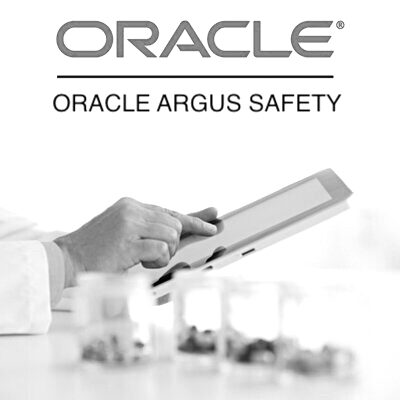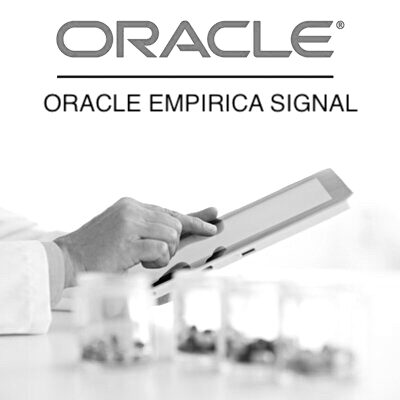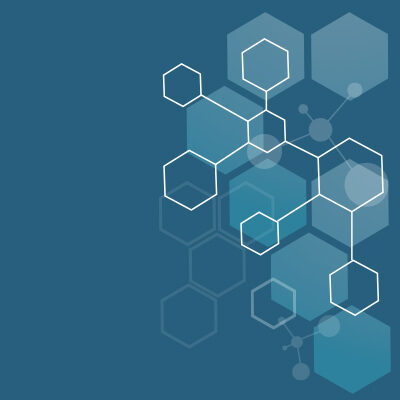Pharmacovigilance Workflows with AI & Automation
Table of Contents
- Enhancing Drug Safety in the Digital Age
- The Evolution of Pharmacovigilance
- The Role of AI in Pharmacovigilance
- Automation in Pharmacovigilance Workflows
- The Benefits of AI and Automation in Pharmacovigilance
- Challenges and Considerations
- Conclusion
- Oracle Argus Safety Essentials
- Oracle Argus Safety Essentials + Console
- Oracle Argus Safety – Live Online
- Oracle Argus Safety + Console – Live Online
- Oracle Empirica Signal
- Oracle Empirica Signal – Live Online
- Diploma in Pharmacovigilance
- Argus Safety – Business Configuration and Administration
Enhancing Drug Safety in the Digital Age
Pharmacovigilance, the science and activities related to the detection, assessment, understanding, and prevention of adverse effects or any other drug-related problems, plays a pivotal role in ensuring the safety and efficacy of pharmaceutical products. With the ever-expanding landscape of pharmaceuticals and the increasing complexity of drug development, the need for efficient and robust pharmacovigilance workflows has never been more critical. This is where artificial intelligence (AI) and automation step in, revolutionizing how pharmacovigilance operates. In this blog, we will delve into the world of pharmacovigilance workflows, exploring how AI and automation are reshaping the field and ushering in a new era of drug safety.
The Evolution of Pharmacovigilance
Pharmacovigilance has come a long way since its inception. Historically, it relied heavily on manual data collection, paper-based reporting systems, and individual case assessments by human experts. While these methods were sufficient for monitoring drug safety in the past, the exponential growth in the number of drugs, adverse event reports, and the global nature of pharmaceutical markets has made traditional pharmacovigilance workflows increasingly challenging to manage.
As the industry evolves, pharmacovigilance needs to adapt to keep up with the ever-growing data streams and complexities of modern medicine. This is where AI and automation shine, offering innovative solutions to streamline pharmacovigilance workflows.
The Role of AI in Pharmacovigilance
Artificial intelligence has emerged as a game-changer in pharmacovigilance, offering the potential to revolutionize data analysis, signal detection, and risk assessment. Here are some key ways in which AI is transforming pharmacovigilance:
1. Signal Detection and Data Analysis
AI-driven algorithms can process vast amounts of structured and unstructured data from various sources, including electronic health records, social media, and medical literature, to identify potential adverse events and drug safety signals. These algorithms can recognize patterns, detect trends, and prioritize reports for further investigation. This not only accelerates signal detection but also enhances the accuracy of identifying potential safety concerns.
2. Automation of Case Processing
Automation in pharmacovigilance enables the automatic extraction and categorization of adverse event reports, reducing the burden on human operators. Natural language processing (NLP) algorithms can extract relevant information from text-heavy case reports, improving efficiency and reducing human errors. This automation ensures that adverse events are promptly documented and assessed.
3. Predictive Analytics
AI models can predict potential safety issues before they become widespread concerns. By analyzing historical data and monitoring real-time trends, AI can forecast adverse events, allowing pharmaceutical companies and regulatory agencies to take proactive measures to mitigate risks.
4. Streamlined Regulatory Compliance
AI can assist in automating regulatory reporting requirements, ensuring that pharmaceutical companies meet their obligations efficiently. By automating the submission of reports to regulatory agencies, companies can reduce compliance risks and avoid potential penalties.
5. Efficient Literature Review
Literature review is a crucial aspect of pharmacovigilance. AI-powered tools can scan and analyze vast volumes of scientific literature, highlighting relevant studies and reports. This not only speeds up the literature review process but also helps in identifying emerging safety concerns.
Automation in Pharmacovigilance Workflows
Automation complements AI by streamlining various aspects of pharmacovigilance workflows. Here are some key areas where automation plays a significant role:
1. Data Entry and Validation
Automation can reduce the manual effort required for data entry and validation, ensuring that adverse event reports are accurately recorded. This minimizes errors and allows pharmacovigilance professionals to focus on higher-value tasks.
2. Workflow Prioritization
Automation can prioritize adverse event reports based on factors such as severity, patient demographics, and drug attributes. This ensures that critical cases are addressed promptly, improving patient safety.
3. Alerts and Notifications
Automated systems can generate alerts and notifications for important events or trends, ensuring that pharmacovigilance teams are informed in real-time about potential safety issues.
4. Reporting and Documentation
Automation simplifies the generation of pharmacovigilance reports required for regulatory compliance. It ensures that reports are accurate, consistent, and delivered on time.
5. Integration with Other Systems
Automated pharmacovigilance systems can seamlessly integrate with other healthcare and regulatory systems, facilitating data sharing and collaboration across different stakeholders.
The Benefits of AI and Automation in Pharmacovigilance
The integration of AI and automation into pharmacovigilance workflows offers numerous advantages:
1. Faster Signal Detection
AI-powered algorithms can rapidly identify potential safety concerns, allowing for quicker response and risk mitigation.
2. Improved Accuracy
Automation reduces the risk of human error in data entry and report generation, ensuring the integrity of pharmacovigilance data.
3. Enhanced Efficiency
By automating routine tasks, pharmacovigilance professionals can focus on more complex and strategic aspects of their work, such as in-depth case assessments and risk management.
4. Early Warning Systems
AI can provide early warning signals for emerging safety issues, enabling proactive measures to protect patient safety.
5. Cost Savings
Automation and AI reduce the need for manual labor and can lead to significant cost savings in pharmacovigilance operations.
Challenges and Considerations
While AI and automation offer promising solutions for pharmacovigilance, there are also challenges and considerations to address:
1. Data Quality and Integration
The effectiveness of AI relies on the quality and diversity of data sources. Integration of data from various systems can be complex and require standardized formats.
2. Regulatory Compliance
Ensuring that AI and automated systems comply with regulatory requirements is crucial. Regulatory agencies are continually updating guidelines for pharmacovigilance practices, and companies must stay current to avoid compliance issues.
3. Ethical and Privacy Concerns
Handling sensitive patient data and personal information requires strict adherence to ethical and privacy standards. AI algorithms must be designed to protect patient confidentiality.
4. Human Oversight
While automation can streamline processes, human expertise remains essential for complex decision-making and validation of AI-generated insights. Striking the right balance between automation and human oversight is crucial.
Conclusion
Pharmacovigilance is undergoing a transformation thanks to the integration of artificial intelligence and automation. These technologies are enhancing the efficiency, accuracy, and timeliness of drug safety monitoring, ultimately benefiting patients and healthcare providers. As the pharmaceutical industry continues to evolve and innovate, pharmacovigilance workflows will need to keep pace with these changes, leveraging AI and automation to ensure the safety of drugs in the digital age. By embracing these advancements and addressing the associated challenges, the field of pharmacovigilance is poised to usher in a new era of drug safety and patient care.
You may be interested in…
-
 eLearning + software
eLearning + softwareOracle Argus Safety Essentials
$599.00 -
 eLearning + software
eLearning + softwareOracle Argus Safety Essentials + Console
$799.00 -
 Live Online
Live OnlineOracle Argus Safety – Live Online
$999.00 -
 Live Online
Live OnlineOracle Argus Safety + Console – Live Online
$999.00 -
 eLearning + software
eLearning + softwareOracle Empirica Signal
$599.00 -
 Live Online
Live OnlineOracle Empirica Signal – Live Online
$999.00 -
 eLearning + software
eLearning + softwareDiploma in Pharmacovigilance
$799.00 -
 eLearning + software
eLearning + softwareArgus Safety – Business Configuration and Administration
$599.00

